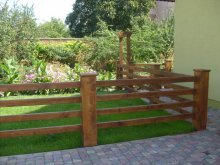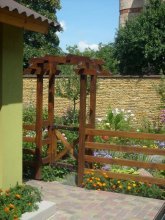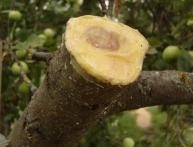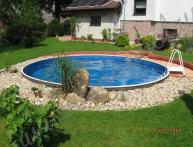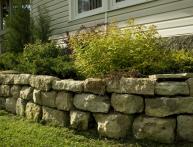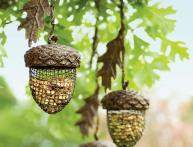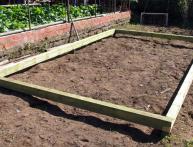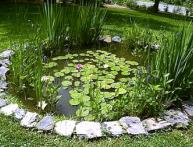DIY decorative fence
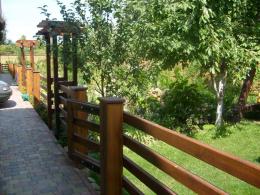
When building a dacha or a country house, an important part is assigned to the construction of a fence. Currently, a fence is not only a means of protecting and fencing your own site, it is also a decorative element that will complement your home. The fence can, of course, be entrusted to be erected by real professionals, but it will be expensive, and besides, modern materials make it possible to create a unique decorative fence on a summer cottage with your own hands.
Content:
Wicker fence
Installation of a wicker fence is carried out with the purpose of fencing your site, as well as in order to add zest to the landscape design. Such a fence, as a rule, is made in a country style, so this is an excellent opportunity to delimit space on a site, fence animals, and mark the boundaries of lawns or playgrounds for children.
Wicker fences have been popular for several decades; these types of fences can still be seen in villages. In order to give the hedge a rustic look, you can additionally decorate it with various elements, for example, pots.
Another advantage of this type of fence is that it is easy to install and easy to manufacture.
In order to install a wicker fence, you will need to stock up on the following elements:
- Thin rods. This can be any shrub that has thin and flexible branches, such as willow, hazel or vine.The branches can be purchased ready-made or processed with your own hands.
- Small posts that will serve as support. These can be metal or wood rods. The main thing is that they are thick enough for further installation of the fence.
- Knife for working with wood.
First of all, it is necessary to process the rods. They must be thoroughly cleaned of all shoots and other irregularities; for this you will need to use a sharp knife. After processing, the rods must be thoroughly dried and collected in small bundles.
To give flexibility, the method of steaming the rods is used. If wooden pegs were used as a support, then they should be needs to be processed antiseptic solution and only then install it in the ground.
Depending on the level of flexibility of the rods, support pillars are installed. As soon as all the posts are installed, take one twig, go around 1 post in front, then take it to the second and go around it from the back, the third post in front, the fourth in back, until the fence ends.
Wooden fences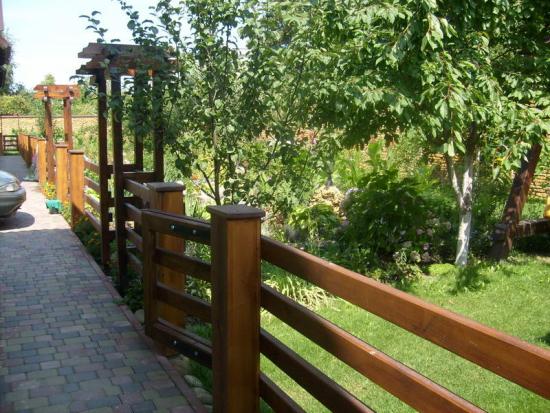
A do-it-yourself decorative fence made of wood is the most common option, which is easy to install, and you can use a variety of decorative elements scrap materials.
Such a fence can be made as a vertical picket fence, or it can also be wide slats that are cut to the required height.
This type of fence can be easily and quickly created with your own hands using wood, fastening tools and a hacksaw for woodworking.
To attach the main slats, you can use wooden slats, only of a smaller thickness. In order to carry out the process of installing a fence in the ground, you can use pins made of metal or plastic.
These pins are located every 1.5 meters and are driven directly into the ground. In order to give the fence additional strength, you can use metal retaining corners that will securely fix the fence.
For decoration, you can use paints and varnishes of various shades, which will add brightness to the landscape design. Such a fence will be an original solution for enclosing a children's playground or flower bed.
When decorating a fence made of wood, it is necessary to use paints and varnishes that will not only add color, but also protect the wood from the negative effects of environmental factors. Otherwise, such a fence will last a maximum of a couple of years.
Various options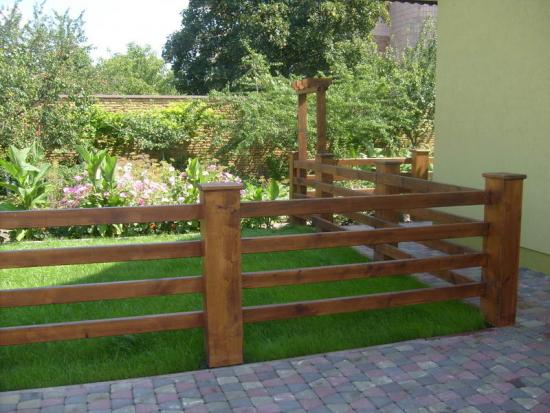
Decorative fences can perform not only an aesthetic, but also a practical function. For example, a brick fence can be used to enclose a flower bed that is slightly raised above ground level.
In order to hold the soil, you can use a clever trick - this is a brick fence. The main advantage of such a fence is that it is low-cost, since its manufacture requires only small quantities of bricks - it all depends on flowerbed sizes.
In order not only to prevent soil collapse in the flowerbed, but also the spread of plant roots beyond the established space, it is necessary to begin laying a brick fence a few centimeters lower than ground level.
To install a fence, you will need to dig a trench around the perimeter of the flowerbed, install a brick in it and carefully fill it in on all sides. Additionally, you can decorate such a fence with various decorative elements.
Another original option for making a fence with your own hands is a fence made of small wooden pegs that you can chop yourself. To do this, you will need pegs of the same length, which can be buried 20 centimeters into the ground. In advance, the logs must be divided into two equal parts - this is the main material for the fence.
The wood must be carefully treated with an antiseptic, which will not allow the fence to rot. Finally, you can cover the fence with paint or varnish, which will give it additional decor.
Recently, such a trick of many gardeners as landscaping a fence has become very popular. A hedge is not only a means that will isolate your area from the outside world, but will also allow you to create a real green corner.
Also, this is an excellent opportunity for owners of a summer cottage whose fence is “transparent”, that is, it has too much space between the boards. A green fence will be an excellent option for dividing a site into several zones.
Creating a fence at your dacha or suburban area with your own hands is not difficult. The main thing is to have the necessary tools and a great desire!
How to make a fence with your own hands:
Interesting information about the vegetable garden

